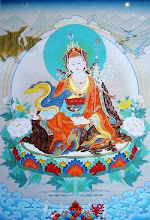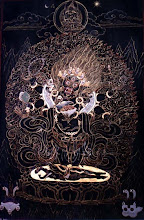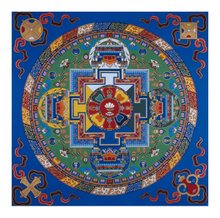As a guest of a guest of the groom's family, the morning began at the groom's home, where his friends and relatives assembled just before 08:30 to take tea to the straining, banging and blaring of the marching wedding band.

The official event probably began inside the home at the family altar. What most of us saw first was a procession of family members carrying sacred objects around an outdoor altar, a short visit to the temple next door to offer abbreviated prayers to the gods, and then circling the wedding car before the groom got in and the rest of us formed up in front.

With the band in the lead, we danced and strutted and walked through the immediate neighborhood, much like a New Orleans funeral procession, before climbing into a bus and being shuttled to a location a few hundred kilometers from the rented wedding hall, where we clambered out of our conveyance and resumed the noisy procession.







The bride's family was waiting for us at the wedding hall. There were so far as I could see no formal introductions. Over in one corner the bride and her family's priest were carrying out some of the required rites around a sacred fire, but most everyone seemed to be congregating around the tea and coffee bar.


Without announcement, the first of the day's ceremonies began on the stage set up at the end of the main hall. With the arrival of the bride and groom there was a mad rush for the stage, where everyone stood around craning, their sight blocked by the three to four photographers who throughout the day staked out the best vantage points.

After the ritual exchange of rings, garlands, and tikas, there were a number of mini-ceremonies within the larger ceremony, rituals done to insure a happy and healthy union, rituals that most of the guests and participants are as part of their cultural inheritance familiar with but rituals that most of them don't understand and can't explain. I was fortunate to be the guest of a young man whose father is a scholar of such things and who seemed happy to share his knowledge with a curious outsider.




I remarked to a fellow guest that if this were a Japanese wedding we would have started drinking nearly as soon as the event began. I was told that as these were Brahmin families alcohol was stickily prohibited and would not be permitted anywhere near the event. This turned out to be the policy for public consumption. Around noon I was approached and asked if I'd like a beer. I was led upstairs to a small room that was supplied with cases of alcoholic beverages and which was shortly visited by nearly every male guest. After a couple of glasses of beer I went down for lunch, and then a short nap on a sofa, and the next time I went upstairs I found the room cloudy with cigarette smoke and many of the same men still there playing cards.


They missed most of the afternoon's ceremonies, which took place around the ritual fire and concluded sometime around 16:00, about the time many people who had skipped out after lunch returned to see off the bride and groom. This was a more sober affair ending with tears as the bride's family watched their daughter get into the car with the groom's family and drive away. The band was again out in front as we paraded back down the street to the bus and the short drive home. This time we got off a few hundred meters from house and made an exceptionally slow procession home in order that someone might have time to sort out the problem with the generator, which had to be used as this area of Kathmandu was under black-out. It was imperative the bride not be welcomed into a dark home.
After being ceremonially welcomed, she and her husband were formally introduced to each member of the groom's family, who at this time presented the bride with a gift. Most of what I saw looked like jewelery boxes, most probably gold. The bride responded by presenting a token gift of money.

And then it was dinner time. By now it was close to 20:00 and I was offered a ride home by a family member in whose neighborhood I reside and who wasn't the least interested in an evening repast. Since public transport is fairly rare after dark, and taxis get harder to find as the hour gets later, I was happy to accept his offer, which probably turned out for the best and helped me avoid waking up in the middle of the night with indigestion. (I woke up instead from clogged sinuses caused by the spring pollen.)
This was no Bollywood wedding but was perhaps the most interesting cultural event I've attended in Nepal. It was certainly the longest and most elaborate and expensive. And for this I am indebted to my good friends, Sagar and Reetu. Thank you so much for making my last days here such memorable ones.
From today only 6 days left.




























0 comments:
Post a Comment